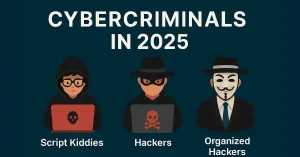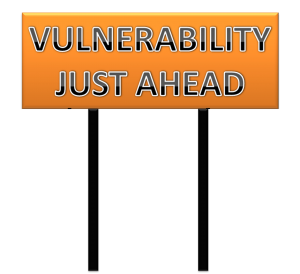With the ever-present risk of cyber threats, organizations need to deploy the most advanced network security tools to protect their digital assets. In this era of cyber warfare, guarding the digital fortress has become increasingly vital. This blog post will explore some of the best network security tools to defend your organization against lurking cyber threats.
Ask the Professionals
Where your organization’s digital security is concerned, it’s always good to work with a reliable IT support partner, as they can help you choose and deploy the right network security tools for your organization. Consider partnering with experts like IT Support Services New Jersey to ensure your digital fortress remains protected from the ever-evolving threat landscape.
Virtual Private Networks (VPNs)
Virtual Private Networks (VPNs) are essential network security tools that create a secure tunnel between two devices, even when over an insecure network such as public Wi-Fi. VPNs encrypt the data passing through this tunnel, making it unreadable by potential eavesdroppers. This ensures both privacy and data safety when connecting remote employees or accessing sensitive information outside the office.
Intrusion Detection and Prevention Systems (IDPS)
Intrusion Detection and Prevention Systems (IDPS) are among the most crucial tools for network security. These advanced devices monitor network traffic, identify any signs of intrusions, and apply preventative measures to keep your network secure. IDPS come in various forms, including host-based, network-based, and cloud-based systems. The latest IDPS systems even use artificial intelligence and machine learning to identify previously unknown threats.
Security Information and Event Management (SIEM)
Security Information and Event Management (SIEM) tools serve as a central hub for an organization’s security operations. They collect data from various sources in real time and use advanced analytics to identify security incidents. SIEM tools can detect trends and patterns that could indicate a potential attack, helping you stay ahead of the curve. By centralizing the information, SIEM systems allow security teams to react quicker to breaches and minimize the overall impact.
Firewall
Firewalls have remained a staple network security tool for decades, and for good reason. They serve as a barrier between your organization’s internal network and the internet, filtering out unauthorized access and malicious traffic. Modern firewalls come with advanced features such as deep packet inspection, application-aware filtering, and likelihood scoring. These enhancements enable firewalls to adapt to new attack patterns, ensuring a higher degree of protection.
Regular Security Audits
Conducting regular security audits can help identify vulnerabilities in your network, uncover compliance issues, and gauge the effectiveness of your security controls. Audits can highlight areas that need improvement, which can then be addressed before they become an open door for attackers. Make sure to work with experienced auditors who understand the unique challenges your industry faces and are knowledgeable about the latest threats and mitigation strategies.
Encryption
Encryption plays a critical role in network security by scrambling data in transit and at rest, rendering it unreadable by unauthorized parties. Using strong encryption algorithms, you can safeguard your organization’s sensitive information, such as financial data, customer records, and employee details. While encryption alone cannot prevent an attack, it can mitigate the damage by rendering stolen information useless to hackers.
Employee Training and Awareness
Finally, one of the most effective measures to bolster your network security is to invest in employee training and awareness programs. Cybercriminals often exploit human weaknesses through tactics such as social engineering and phishing. By educating your workforce about common cyber threats and best practices for secure behavior, you strengthen your organization’s first line of defense. Regularly updated training should be provided to employees, ensuring they stay vigilant and well-informed about evolving threats.
Network Segmentation
Network segmentation is the practice of dividing a network into smaller, more manageable segments, each with its own security policy. This strategy not only streamlines the monitoring process but also limits the potential damage from a breach. By restricting the flow of traffic between segments, you create a compartmentalized environment making it harder for an attacker to move laterally throughout your network.
Endpoint Protection
Endpoint protection solutions play a significant role in safeguarding an organization’s devices such as desktops, laptops, tablets, and smartphones. These security tools use a combination of antivirus software, intrusion detection, and endpoint firewalls to detect, prevent, and respond to threats. With the growth of remote work and the bring-your-own-device (BYOD) trend, endpoint protection is essential to ensure the safety of your organization’s data, even on devices outside the office.
Multi-Factor Authentication (MFA)
Multi-factor authentication (MFA) is a crucial network security tool to ensure that only authorized users can access critical systems and data. MFA requires users to present at least two different forms of evidence, or ‘factors,’ for verification purposes. These factors include something they know (e.g., a password), something they possess (e.g., a hardware token), or something they are (e.g., a fingerprint). This added layer of security helps prevent unauthorized access even if an attacker obtains a user’s login credentials through phishing or other means.
In conclusion, there’s no one-size-fits-all approach to network security. It’s crucial to use an array of tools and techniques to build a defense-in-depth strategy that can protect your organization from the ever-evolving landscape of cyber threats. By understanding and implementing these essential network security tools, you’ll be well on your way to guarding your digital fortress.





